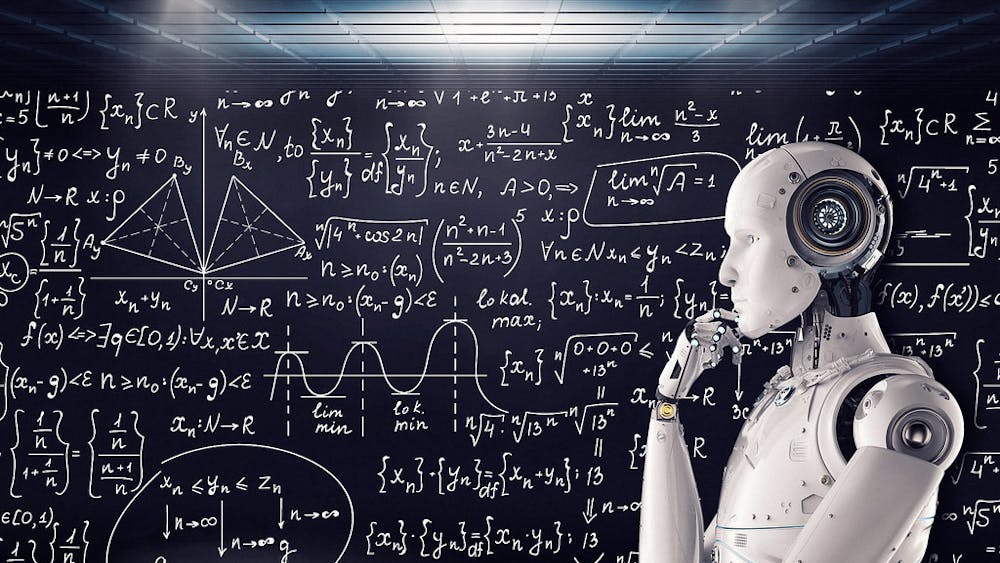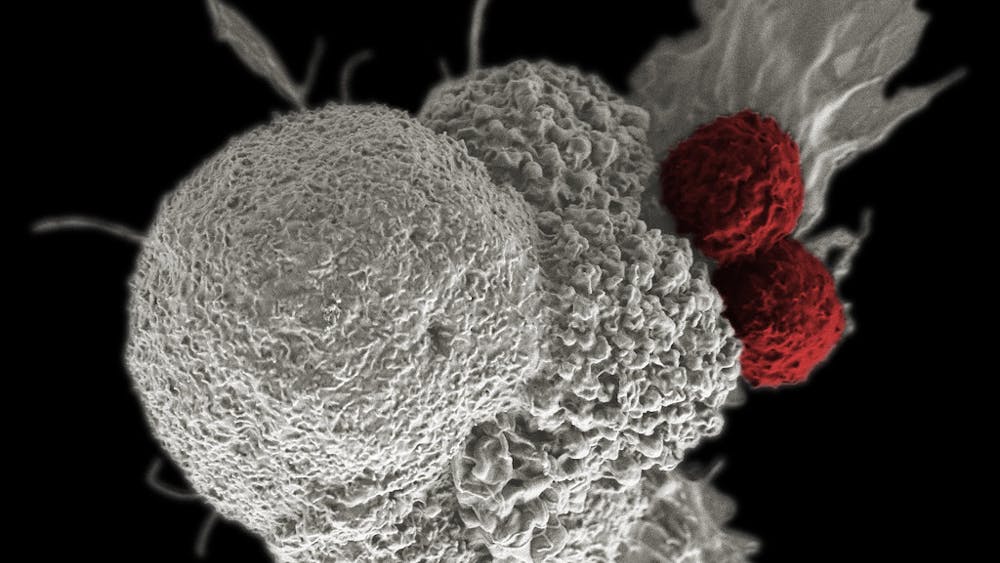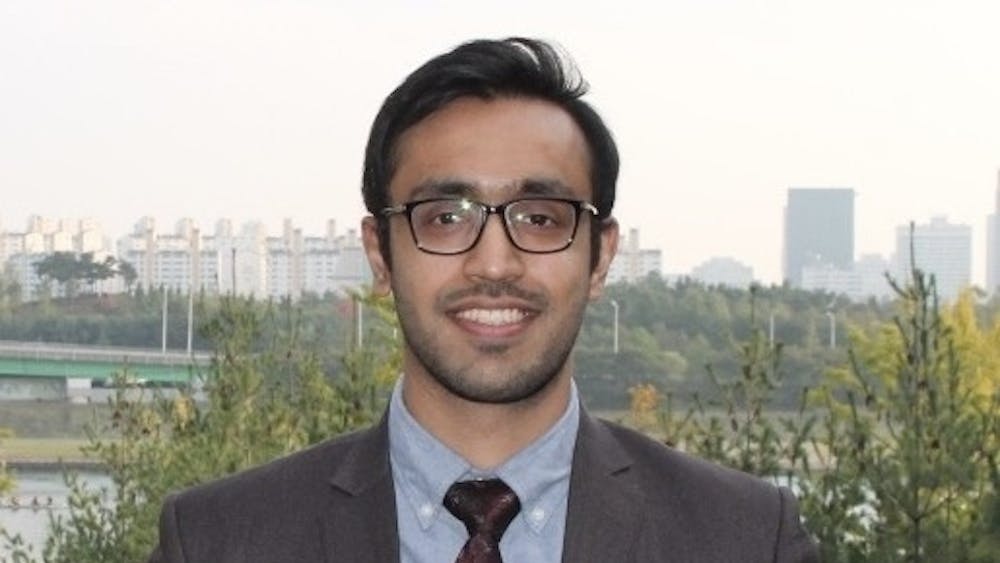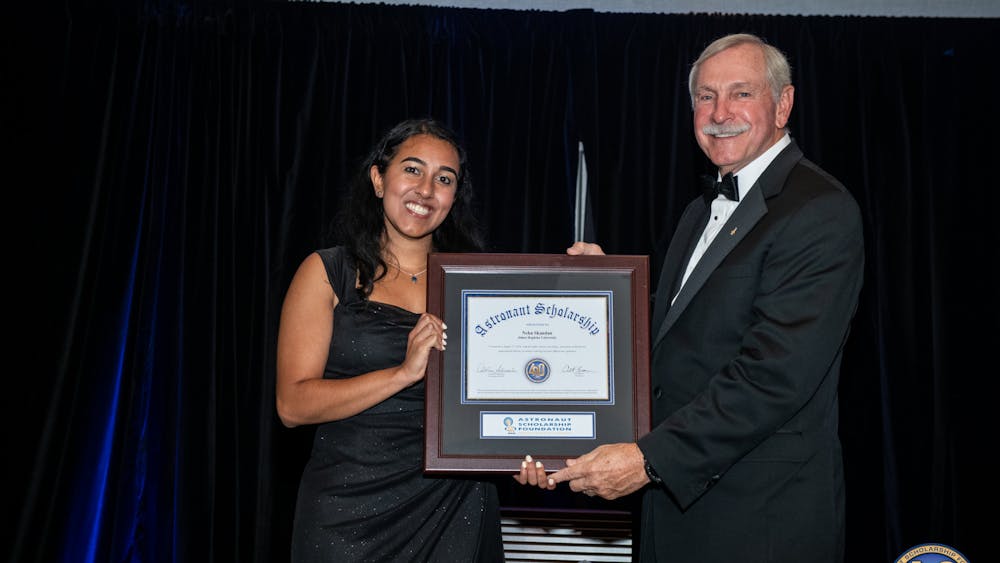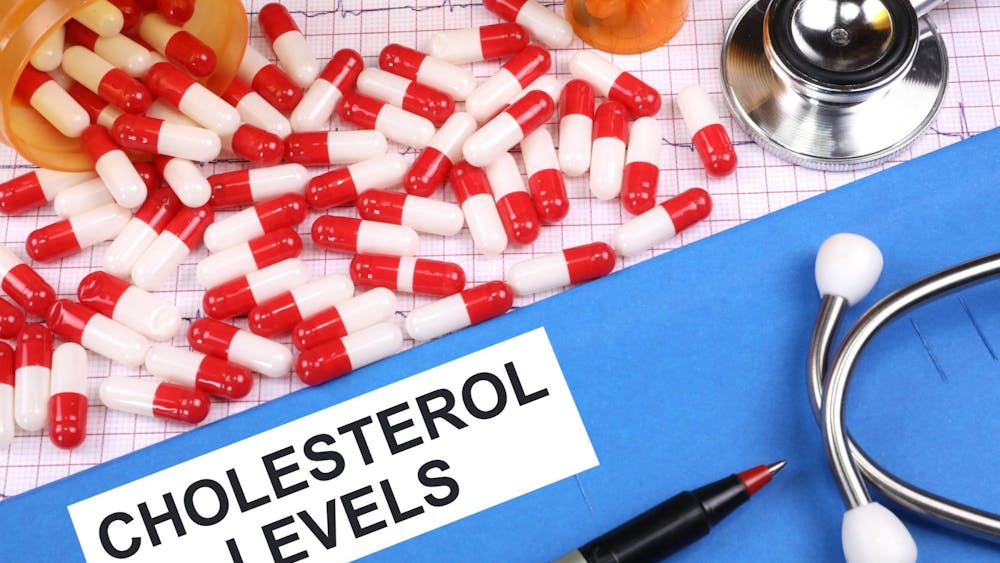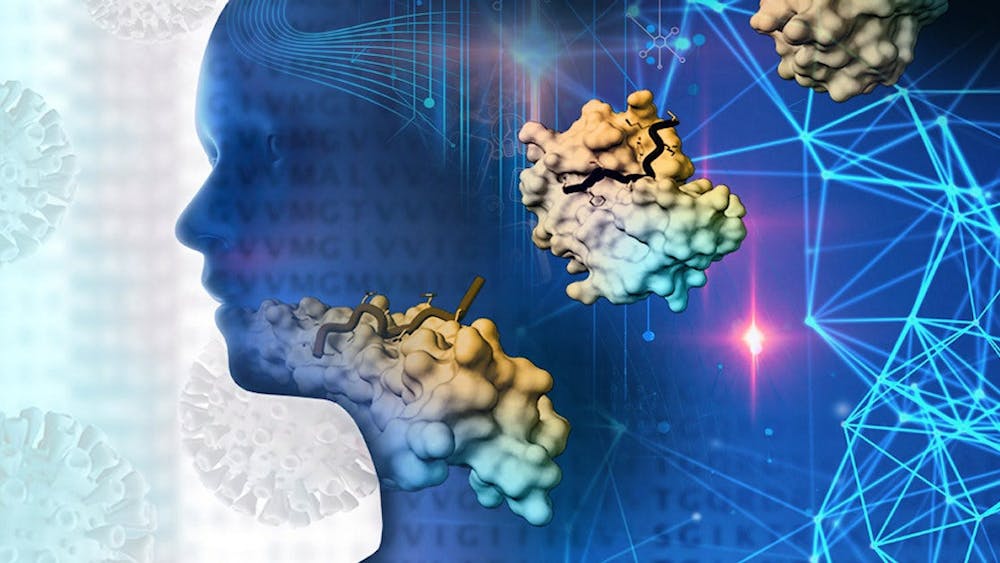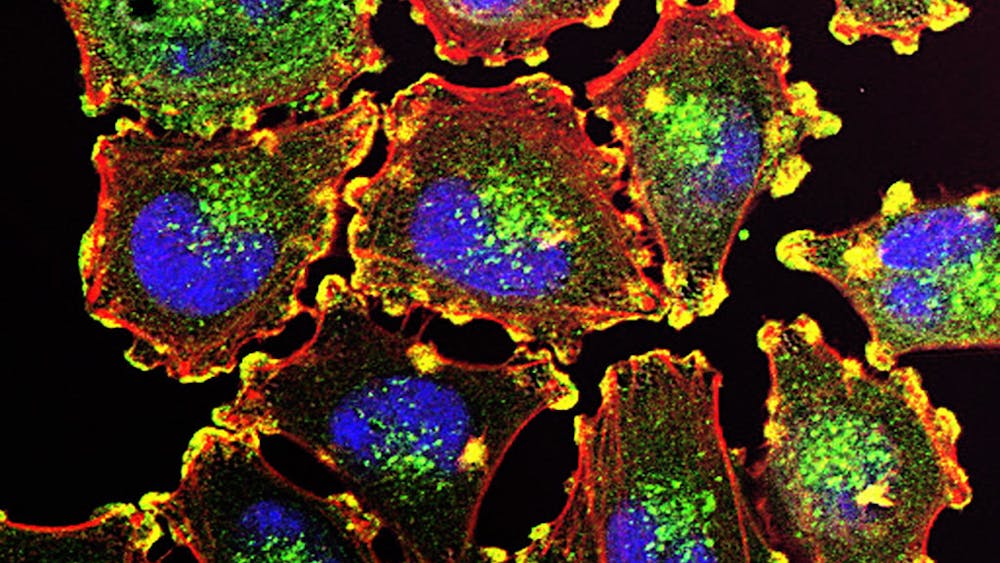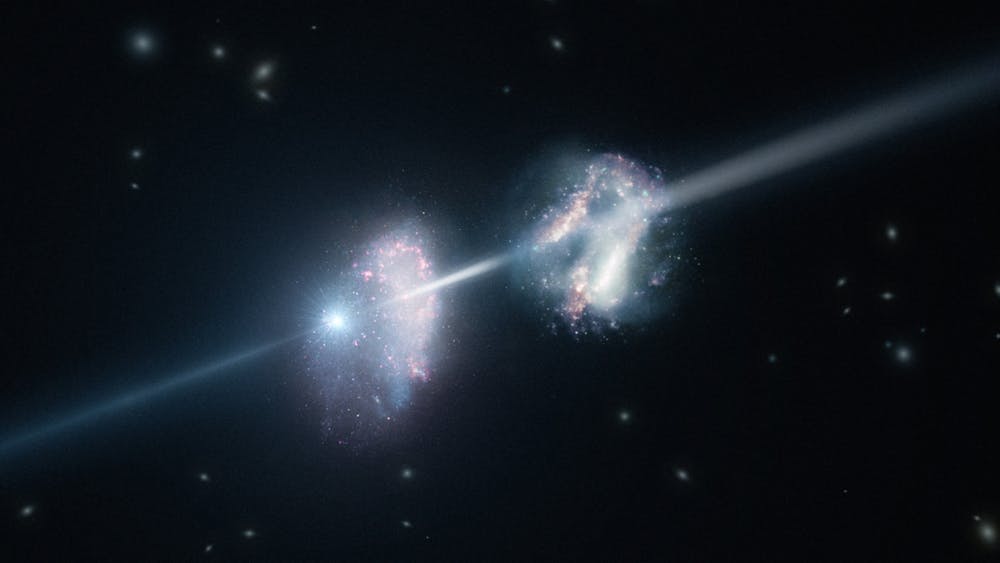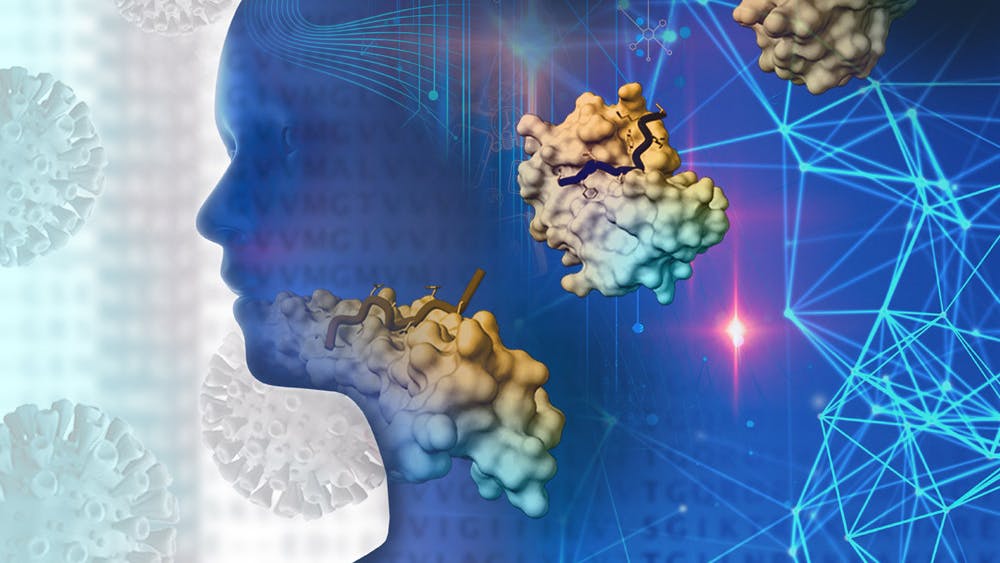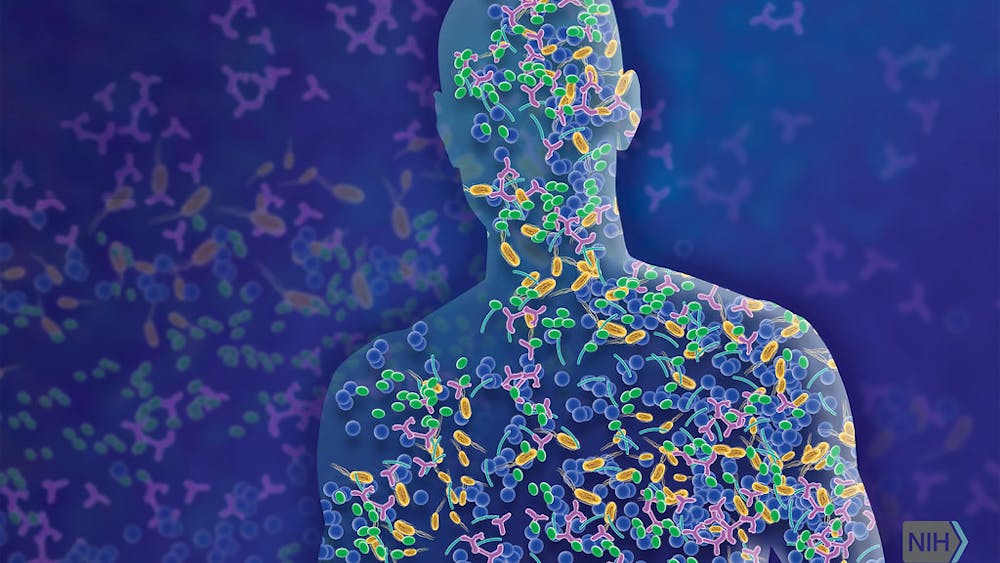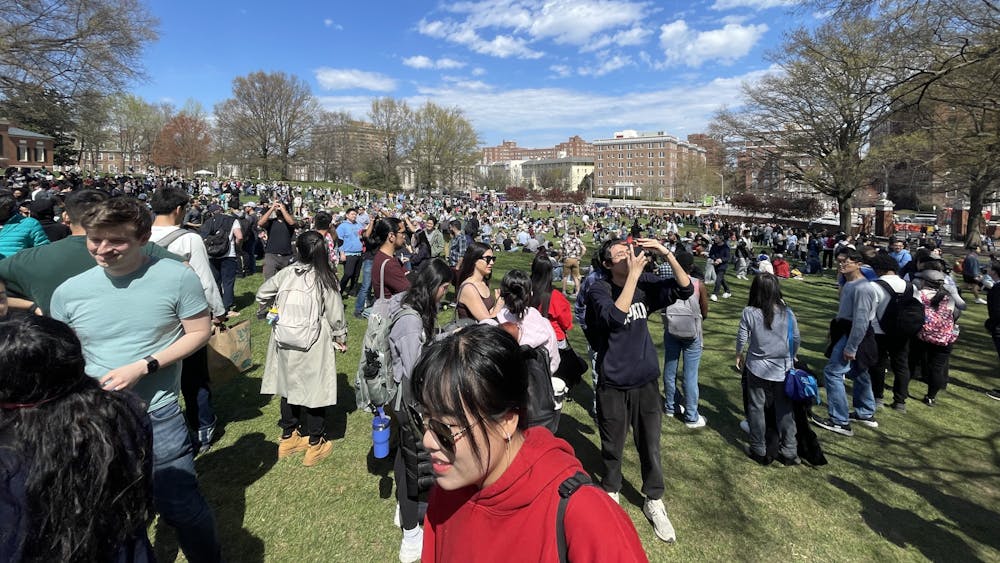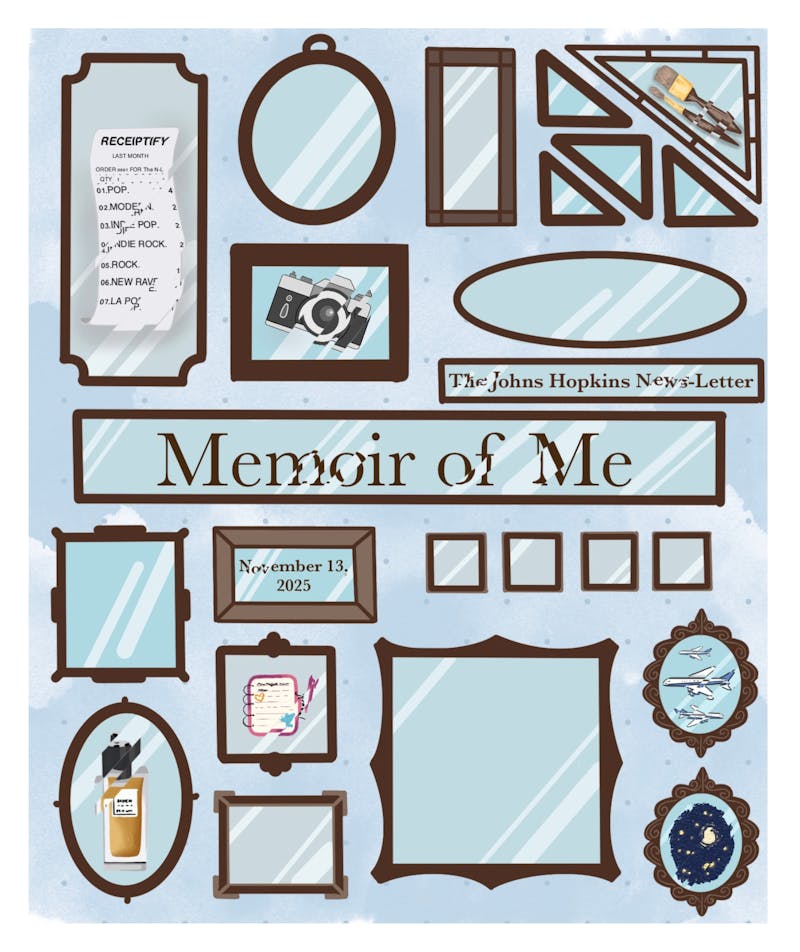36 hours: innovating for inclusion at HopHacks 2024
By SHREYA TIWARI | September 25, 2024A coding project that aims to challenge undergraduates to come up with creative solutions and present them to a panel of specialized judges. HopHacks — a competition that brings students passionate about computer science and engineering together — embodies all this. The competition fosters broad-scale innovation through its many tracks, from the open-ended general track to more specialized tracks such as the Patient Safety Technology Challenge and the Philanthropy Track.


